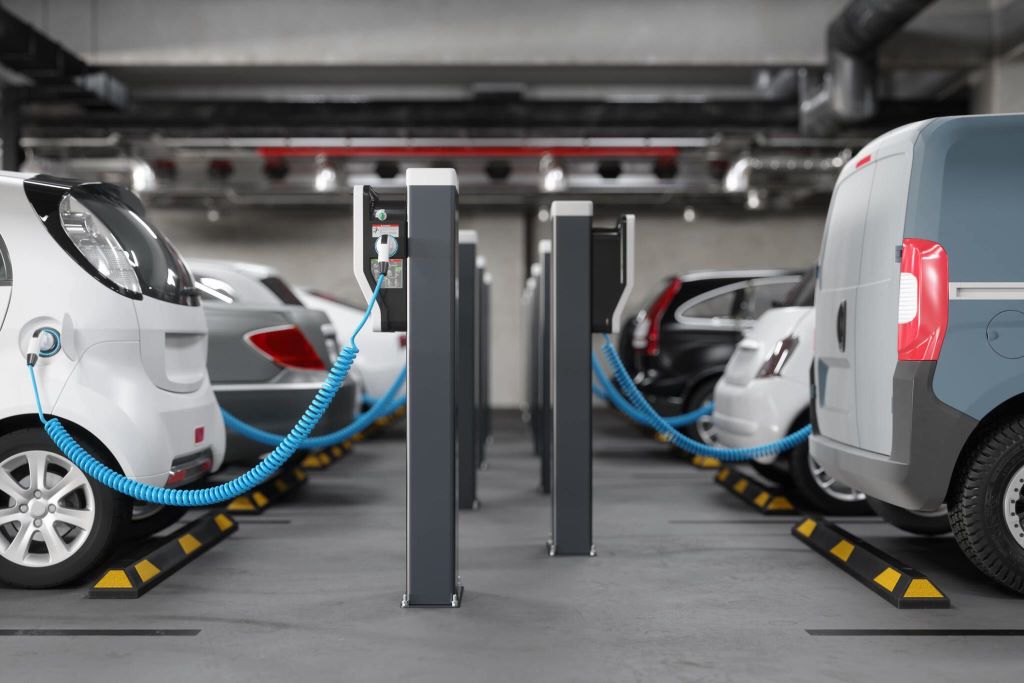In the rapidly evolving automotive industry, the shift towards electric vehicles (EVs) has become increasingly prominent. While much attention has been focused on new electric car models, there is also significant potential for innovation and sustainability in the market for used electric vehicles. Used vehicles offer an affordable and practical option for transportation needs.
With varying models, mileage, and conditions, they provide diverse choices for buyers seeking reliable and cost-effective transportation solutions. If you are looking for more information about used vehicles, you can contact Zoom Auto Credit.
Embracing Electric Used Vehicles: A Sustainable Choice
Embracing electric used vehicles offers a sustainable solution for transportation needs, reducing emissions and dependence on fossil fuels while promoting environmental conservation and energy efficiency in our communities.
Environmental Impact
Environmental impact encompasses the consequences of human activities on the natural world, including air and water pollution, habitat destruction, climate change, and biodiversity loss, necessitating urgent action for conservation.

- Emissions Reduction: Electric vehicles produce zero tailpipe emissions, contributing to cleaner air and mitigating climate change.
- Life Cycle Analysis: Even used electric vehicles often have lower carbon footprints compared to traditional internal combustion engine vehicles due to their cleaner energy sources.
Resource Conservation
Resource conservation involves the responsible management and sustainable use of natural resources such as water, energy, forests, and minerals to ensure their availability for future generations and mitigate environmental degradation.
- Battery Reuse: Repurposing batteries from used electric vehicles for energy storage or recycling materials helps conserve valuable resources.
- Extended Lifespan: Electric drivetrains are known for their durability, allowing used electric vehicles to remain on the road longer, further maximizing their environmental benefits.
Technological Advancements: Driving Innovation Forward
Technological advancements propel innovation, pushing boundaries across various sectors. From AI and biotechnology to renewable energy solutions, these advancements drive progress, enhance efficiency, and shape our future landscapes.
Advancements in Battery Efficiency
Advancements in battery efficiency mark a pivotal stride in renewable energy and electric vehicle sectors, promising longer-lasting, more powerful batteries that revolutionize energy storage capabilities and drive sustainable transportation solutions.
- Improved Range: Ongoing research and development efforts continue to enhance battery energy density, extending the driving range of electric vehicles.
- Fast Charging: Innovations in fast-charging technology reduce charging times, enhancing the practicality and convenience of electric vehicles.
Second-Life Applications
Second-life applications refer to the innovative repurposing of used products or materials to extend their lifespan, minimize waste, and contribute to a more sustainable circular economy model.
- Energy Storage: Repurposed electric vehicle batteries can be utilized for stationary energy storage applications, such as grid stabilization and renewable energy integration.
- Grid Services: Vehicle-to-grid (V2G) technology enables used electric vehicles to contribute to grid flexibility by providing ancillary services, such as load balancing and peak shaving.

Affordability and Market Growth
Economic implications examine the affordability and market growth associated with various factors, such as policies, consumer behavior, and technological advancements, shaping financial landscapes and influencing global markets.
-
Cost Savings
Cost savings highlight the financial benefits derived from efficient resource utilization, streamlined processes, and strategic decision-making, driving profitability, sustainability, and competitiveness in both individual and organizational contexts.
- Depreciation: Used electric vehicles often experience slower depreciation rates compared to new vehicles, making them more affordable options for budget-conscious consumers.
- Government Incentives: Subsidies and tax credits for electric vehicles further reduce the upfront cost of ownership, enhancing their affordability.
Operational Savings
Operational savings underscore the financial advantages gained through optimized processes, reduced waste, and enhanced efficiency in business operations, fostering profitability, sustainability, and competitiveness in diverse industries and sectors.
- Fuel and Maintenance Costs: Electric vehicles have lower operating costs compared to conventional vehicles due to lower fuel and maintenance expenses, resulting in long-term savings for owners.
Market Expansion
Market expansion signifies the strategic efforts undertaken by businesses to broaden their customer base, penetrate new territories, and diversify product offerings, driving revenue growth and enhancing competitiveness in the global marketplace.
- Increased Availability: The growing supply of used electric vehicles expands consumer choice, fostering greater adoption of electric mobility.
- Market Penetration: Access to affordable used electric vehicles attracts new segments of buyers, driving market growth and diversification.
Overcoming Challenges: Addressing Barriers to Adoption
Overcoming challenges involves identifying and addressing barriers to adoption, such as technological limitations, regulatory hurdles, and cultural resistance, to facilitate the widespread implementation of innovative solutions and drive sustainable progress.

Infrastructure Development
Infrastructure development encompasses the strategic planning and construction of essential physical and organizational structures, including transportation, energy, and communication networks, crucial for fostering economic growth, social development, and sustainability.
- Charging Infrastructure: Expanding the electric vehicle charging network is essential to alleviate range anxiety and promote widespread adoption of electric mobility.
- Battery Recycling: Developing robust recycling infrastructure for electric vehicle batteries is critical to minimize environmental impact and ensure resource sustainability.
Consumer Awareness
Consumer awareness emphasizes the importance of informed decision-making among individuals regarding product choices, environmental impact, and ethical considerations, fostering a culture of sustainability and driving demand for responsible consumption practices.
- Education and Outreach: Increasing public awareness of the benefits and capabilities of electric used vehicles is vital to overcoming misconceptions and fostering acceptance.
- Demonstration Projects: Pilot programs and demonstration projects showcase the viability and performance of used electric vehicles, encouraging consumer confidence and adoption.
Conclusion
In conclusion, the emergence of electric used vehicles represents a significant opportunity for driving automotive innovation and sustainability forward. By leveraging advancements in technology, embracing economic incentives, and addressing challenges, electric used vehicles have the potential to play a pivotal role in shaping the future of transportation. As we continue to drive into the future, the integration of electric used vehicles into the automotive landscape holds promise for a cleaner, greener, and more sustainable future for all.










